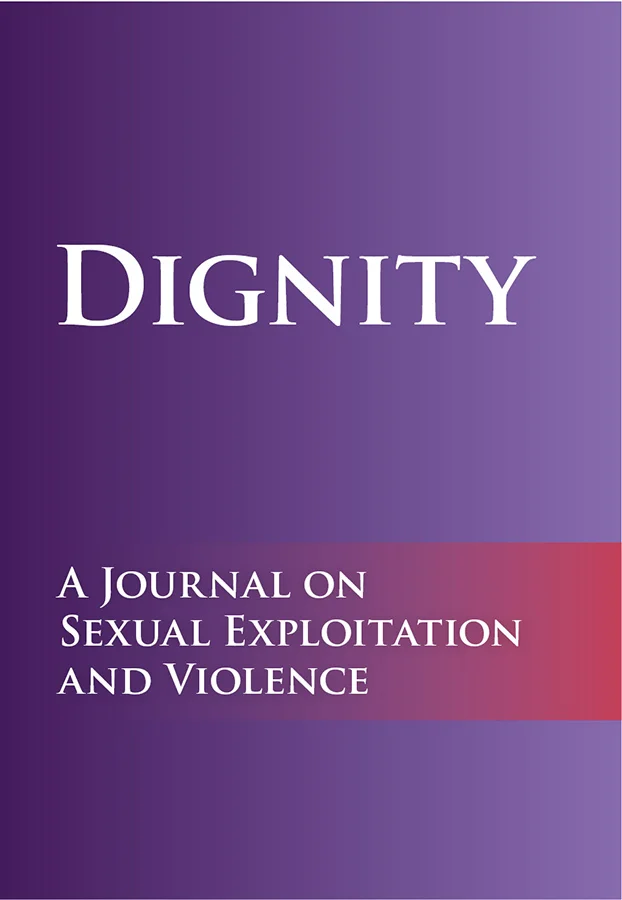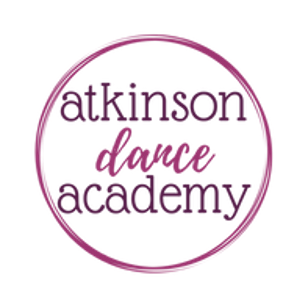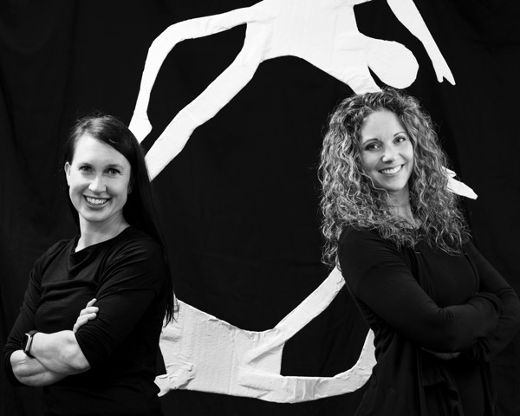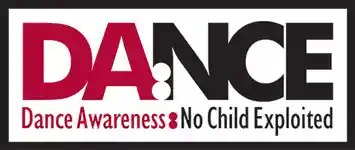DA:NCE Newsletter – September 2025

I wrote an article about the hypersexualization of children in dance that was released by a scholarly publication in May 2025 from ‘Dignity Magazine’. The title? ‘The Shift in Children’s Dance: From a Culture of Innocence to a Battlefield of Hypersexualization’.
Healthy Versus Harmful Dance Environments: Stopping Harm and Supporting Joy Through Effective Challenges

How can we ensure as teachers that we create healthy environments for young dancers who want to dance as a professional career? I believe that all of us who are working with dancers have a responsibility to create environments that will not only protect them from harm but will also give them the best chance […]
Taking Child Safety Centre Stage: A Call to Transform Dance Education in Australia

Childhood is intended to be a period of curiosity, play, and paced growth – yet for many youth today, that season is narrowing. For those of us entrusted with the care and guidance of children, the urgent question is: how do we preserve their right to childhood in 2025? And for dance educators, more pertinently: […]
Atkinson Dance Academy

One of the goals of the DA:NCE is to highlight organizations we feel embody healthy dance. DA:NCE is pleased to highlight our featured Healthy Dance Studio Atkinson Dance Academy. They are located in Atkinson, Nebraska and opened their doors to dancers ages 3 and up in May 2017. Atkinson Dance Academy teaches recreational dance in […]
Who’s Protecting Our Kids in Dance?

Who’s Protecting Our Kids in Dance?Raising the Standard: Safe Dance for Every Child Introduction Unlike industries such as film, sports, and early education — each of which holds child safety as a regulated priority — dance education remains largely unregulated. This lack of oversight leaves a vulnerable population without the same protections afforded elsewhere. There […]
How Mindfulness Practices Can Empower and Protect Young Dancers

The book “Mindful Rigor”™ delves into the integration of mindfulness practices within the realm of dance training, emphasizing the holistic development of dancers of all ages. The fast-paced and highly competitive world of dance can be an arena of harm and hypersexualization of children. The integration of mindfulness practices offers a transformative approach to training. “Mindful […]
Dancing Toward Connection: Protecting the Joy of Movement

Dance is a beautiful and healthy form of self-expression for both children and adults. It helps us build coordination, confidence, and connection with others. It brings joy, encourages creativity, and can be a powerful outlet for emotion. However, in recent years, the art of dance has been increasingly impacted by the hypersexualization of children—especially through […]
J’Adore Dance Canada

One of the goals of the DA:NCE is to highlight organizations we feel embody healthy dance. J’Adore Dance is a YPAD certified studio located in Edmonton, Alberta, Canada. They provide non-competitive dance education for all ages (babies through adults) and all abilities. They advocate dance for everyone to reap the benefits of physical, mental and […]
What’s Next? Addressing the Mental and Physical Consequences of Dance-Related Trauma

The hypersexualization of children’s dance is now a well-recognized issue. Yet as these issues are beginning to be addressed, the trauma incurred by victims often goes unnoticed. Adult costumes, hypersexual choreography, and music can all be sources of trauma for young dancers. This trauma is stored in the body and continues to affect these individuals […]
Effects of Hypersexualization on Mental Health

As the founder and executive director of Dance for Life Suicide Prevention & Mental Health nonprofit since 2018 and a retired dance studio owner for 30 years, I have a profound love for the beauty of the dance arts and the joy and fulfillment it can bring into the lives of children, adolescents and adults. […]
